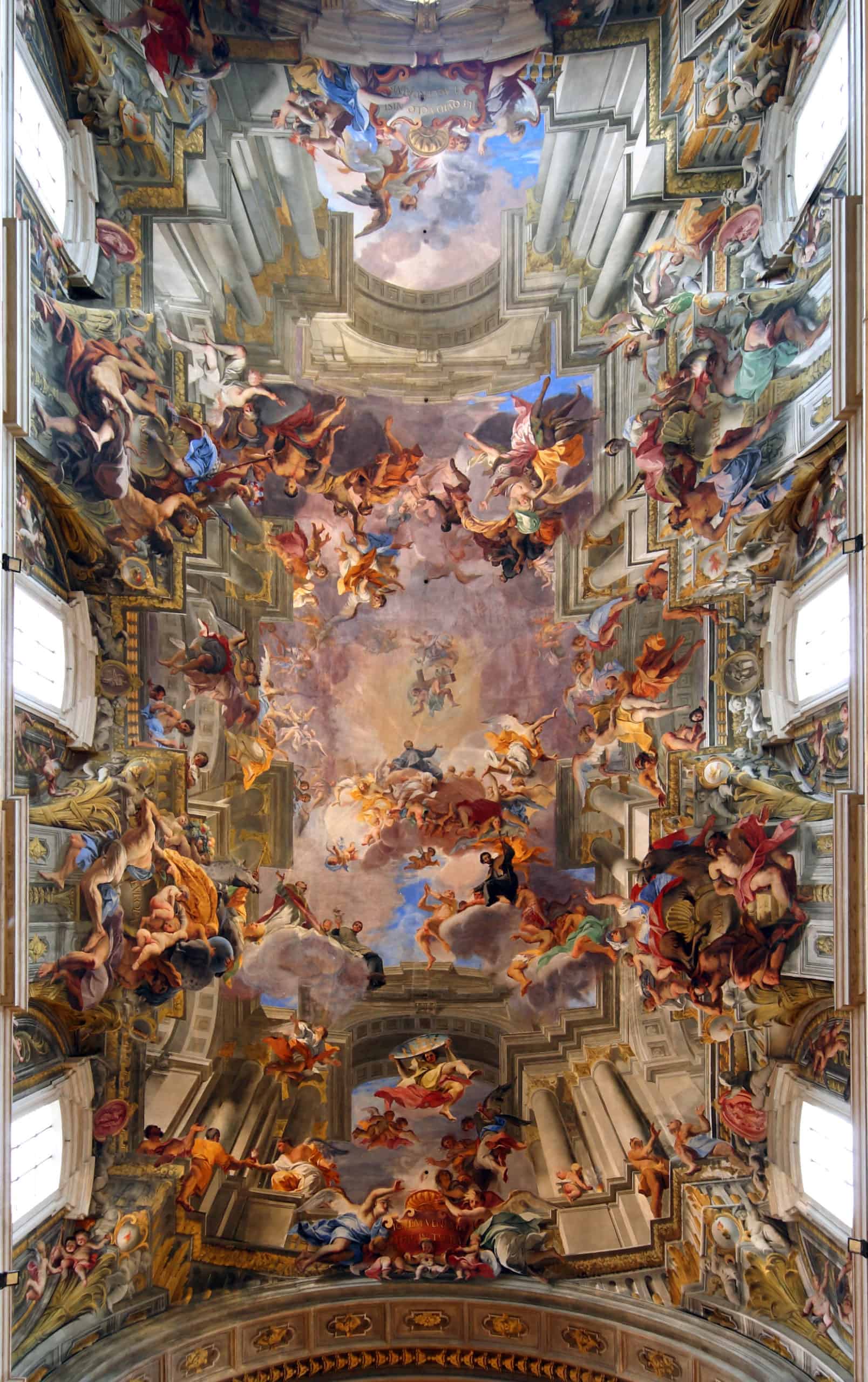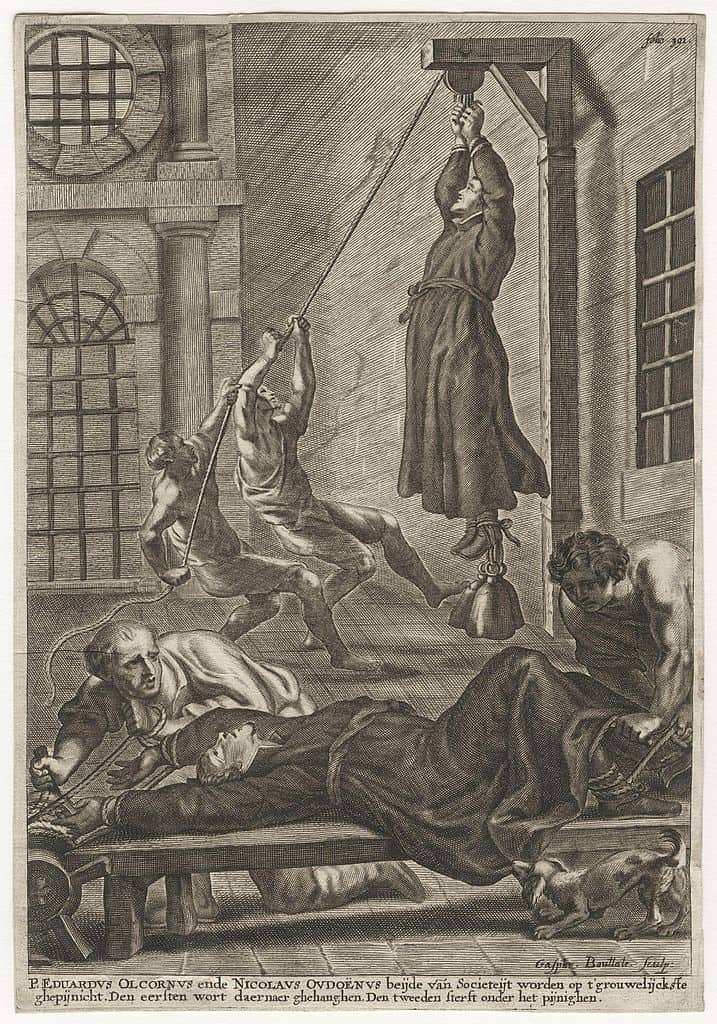One of the most common questions a Jesuit gets asked, especially when he is a younger man, is: “Why?” – “Why do you want to be a Jesuit?” “Why do you want to be a priest?” For the majority of Jesuits those questions are variations of the same point: their desire to be a vowed religious in the Society of Jesus is tied together (often indistinguishably) with the desire to be a priest. This means that, for many people, being a Jesuit is synonymous with being a priest (or a priest-in-training). From near the beginning of the order, however, there have been men called by God to join the Society of Jesus and not to priesthood – we call them Jesuit brothers.
Origins
When the Society of Jesus was officially approved by Pope Paul III in 1540 it consisted of Ignatius of Loyola and nine others, all priests. Though the “Formula of the Institute” – the earliest statement of purpose for the Society which Paul III approved – does not specifically mention that all Jesuits were to be priests, the prominence it gave to the ministries of teaching and preaching meant that (especially in the Church of the sixteenth century) ordination for all fully formed members was assumed. While in Rome, even before the formal approval of 1540, the ten companions’ commitment to the poor and the spreading of the Gospel was noticed and admired, leading some laymen to offer themselves as assistants to the Jesuits’ work.
Within the first few years, it became clear to Ignatius that some of these lay assistants were particularly committed to the Society’s mission and, even more, that the Society needed the help. The need was great – in Rome and elsewhere – and there were too few formed and ordained Jesuits to both meet the demands of their various ministries and attend to the business of operating institutions along with the practical matters which those entailed. Ignatius again petitioned the pope and, in 1546, Paul III responded by allowing the Society to admit brothers. These men would take the basic vows of chastity, poverty, and obedience as members of the Society of Jesus and would serve as helpers in all of the practical needs of the order: acting as cooks, maintenance men, and business managers of Jesuit houses as well as general assistants or infirmarians (nurses) for other Jesuits.
Early Examples and Models
During the next century, there were ample examples of these Jesuit brothers who served in many small though important ways. They are exemplified by St. Alphonsus Rodriguez (1533-1617) who was the porter (door-keeper) at the Jesuit college in Majorca for over 40 years while having numerous mystical experiences in prayer. Others were accomplished artists. Etienne Martellange (1569-1641) was an architect who designed two dozen schools, chapels, and churches throughout France. Andrea Pozzo (1642-1709) was an Italian painter who decorated the walls and ceilings of some of the most important Jesuit churches of his time, including that of the Gesù, the mother church of the Society of Jesus. He also wrote one of the first printed books on how to achieve perspective in painting; it was reprinted and translated many times and was a chief manual on the subject for two centuries.
Some of these early brothers were active in Jesuit missionary efforts. Bento de Goes (1562-1607) began his career as a Portuguese soldier but, after a tour of duty which took him through the Middle East and into South India, he left the military and became a Jesuit. His knowledge of Persian language and customs led to his superiors sending him on a several years-long trek through central Asia in search of a rumored hidden kingdom of Christians. Other brothers joined Jesuit priests (and many others) in becoming martyrs for the faith. During the height of persecutions of Catholics in England, St. Nicholas Owen (1562-1606) used his skills as a carpenter to construct hidden rooms and passages which missionary priests could use to escape detection. He was eventually arrested and killed for his work; although he was so skilled that some of his hidden passages have only recently been discovered, four hundred years after their construction.
Even when they were widely known in their time, such as Martellange or Pozzo, these brothers were rarely known primarily as Jesuits. Especially when they had a skillset which put them into conversations with laypeople outside the religious sphere, these Jesuits operated more “under the radar” than their ordained confreres. This meant that they were able to serve in spaces which were perhaps more hostile to priests. However, many worked, like St. Alphonsus, only within Jesuit institutions themselves. Particularly throughout the nineteenth and early-twentieth centuries, when the Society of Jesus in the United States operated large training colleges with farms or vineyards attached for the formation of young Jesuits, it was Jesuit brothers who took on the work of maintaining such massive institutions. For many Jesuits today, it is these brothers which stand out as models of religious life in general and of the Jesuit brotherhood in particular.
Modern Jesuit Brothers
Because many Jesuit brothers up until the late 1970’s worked entirely within Jesuit-only institutions (in the United States, at least) they were much less well-known than the priests. This was only reinforced by the fact that, unlike the young Jesuits training for ordination, brothers did not attend classes at universities (much less teach there). 1 Though it was not intended, differences like this led to a certain separation between the vocations within the Society, with the brothers being occasionally ignored or even looked-down upon. Despite this, however, the work done by Jesuit brothers – and, more importantly, the spirit of love and charity with which they did it – left a lasting impression on those they served. Today, Jesuit brothers receive much of the same formation and education as their priest-counterparts. They can serve as teachers, administrators, chaplains, spiritual directors and researchers: Guy Consolmagno, perhaps the most famous Jesuit brother today, is an astronomer who serves as the head of the Vatican Observatory.
What, then, is a Jesuit brother today? With the exception of most sacramental ministries, brothers can and do work in the same fields and positions as Jesuit priests. Moreover, many of the roles that were filled by brothers in the past (such as maintenance men, cooks, or business administrators) are now positions for which the Jesuits hire outside laypeople. Perhaps given this shift it would not be an unreasonable question to ask: why have Jesuit brothers at all? Wouldn’t it just be easier if all Jesuits were priests? To that I can only answer that the Lord invites me to this life and, for reasons of His own, He still sees fit to call men to be Jesuit brothers. That is enough reason for me.
As the upcoming articles for the Jesuit 101 series this month will show, the forms this vocation within the Jesuits can take are as varied as the brothers themselves. All Jesuit brothers, however, share a common vocation: they are companions of the Lord called to the Society of Jesus, men invited to life in the vows of poverty, chastity, and obedience, to walk with others as brothers. Whether they scan the heavens like Br. Guy or man the door like St. Alphonsus, all Jesuit brothers are called to give all of themselves as Jesuits to God and to work diligently for the development and maintenance of His kingdom.
- Even at this time, however, Jesuit brothers were not absent from classrooms. Whether as teachers, administrators, or maintenance men, brothers served in Jesuit high schools. Though not as common in the U.S., many Jesuit brothers globally also taught in grade schools where they were fondly remembered by their former students (including the current Father General of the Society, Arturo Sosa). ↩








